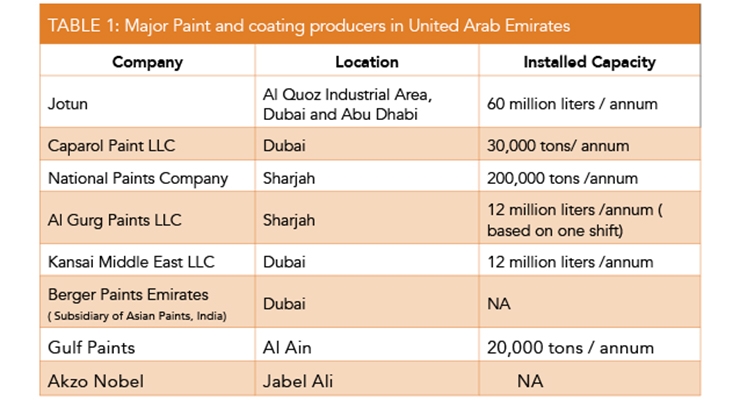Reveal The Keys To Attaining A Professional End Result In Your External Paint Task By Understanding The Impact Of Climate Elements
Reveal The Keys To Attaining A Professional End Result In Your External Paint Task By Understanding The Impact Of Climate Elements
Blog Article
Post Produced By-Greenwood Thuesen
Understanding exactly how climate condition can influence the outcome of an external paint venture is critical for attaining a flawless surface. From temperature level variations altering paint adhesion to humidity levels influencing drying out times, each component of weather condition plays a significant duty in the success of your project. Furthermore, wind rate and precipitation can present unforeseen difficulties that might compromise the quality of the final result. As we browse through the subtleties of weather condition's impact on outside painting, it ends up being apparent that thorough planning and tactical timing are crucial for ensuring a professional and sturdy result.
Ideal Temperature Range for Painting
When considering outside painting tasks, the optimal temperature array plays a vital role in attaining ideal results. Painting in the right temperature level problems makes certain that the paint sticks correctly to the surface, dries equally, and cures successfully. Normally, the suggested temperature level array for outside painting is between 50 to 85 levels Fahrenheit.
Painting in temperatures listed below 50 degrees Fahrenheit can result in issues such as inadequate paint attachment, prolonged drying out times, and a raised chance of fracturing or peeling.
On the other hand, paint in temperatures over 85 degrees Fahrenheit can cause the paint to completely dry also quickly, leading to blistering, gurgling, and an uneven finish.
To attain the very best results, it is important to examine the weather prediction prior to beginning an external painting job. Ideally, purpose to paint throughout light climate condition with modest temperature levels and low moisture levels.
Results of Moisture on Paint Drying
Moisture degrees considerably impact the drying procedure of paint related to exterior surface areas. High moisture can lengthen the drying time of paint, causing potential concerns such as trickling, spotting, or even the development of bubbles on the repainted surface. Excess wetness airborne decreases the dissipation of water from the paint, impeding the treating process. This is specifically problematic for water-based paints, as they depend on evaporation for drying.
On the other hand, reduced moisture levels can additionally impact paint drying. Very completely dry conditions may trigger the paint to dry too rapidly, bring about bad bond and a harsh coating. In such situations, including a paint conditioner or spraying a fine haze of water in the air can assist regulate humidity levels and boost the painting outcome.
To guarantee optimum drying conditions, it is recommended to paint when the moisture levels range in between 40% and 50%.
Tracking moisture degrees and taking suitable procedures can aid attain a smooth and resilient paint coating on outside surfaces.
Wind and Rainfall Considerations
Wind rate and rainfall are vital factors that significantly impact the success of an outside paint project.
When it involves wind, both rate and instructions are crucial factors to consider. commercial painting quotes can cause paint to completely dry as well swiftly, leading to a poor do with prospective issues like fracturing or uneven appearance. In addition, wind can bring particles that may stick to the wet paint, resulting in imperfections. Therefore, door painting service near me should aim to work on days with light to modest winds for optimal painting problems.
On the other hand, rainfall, whether rain or snow, can be very harmful to the outcome of an external painting job. Wetness from rainfall can hinder paint attachment, triggering peeling and bubbling over time. find out here is important to stay clear of painting throughout wet or snowy climate to guarantee the long life and top quality of the paint job. Painters ought to likewise allow ample time for the surface area to dry extensively after any type of precipitation before commencing or returning to the paint process.
https://www.housebeautiful.com/home-remodeling/a26839288/painting-over-wallpaper-tips/ , weather play a considerable function in the result of an external painting job. The excellent temperature level array, humidity degrees, wind speed, and precipitation all contribute to the success or failing of the paint job.
It is important to consider these variables and strategy appropriately to make sure appropriate paint bond, drying times, and overall quality of the completed product.
